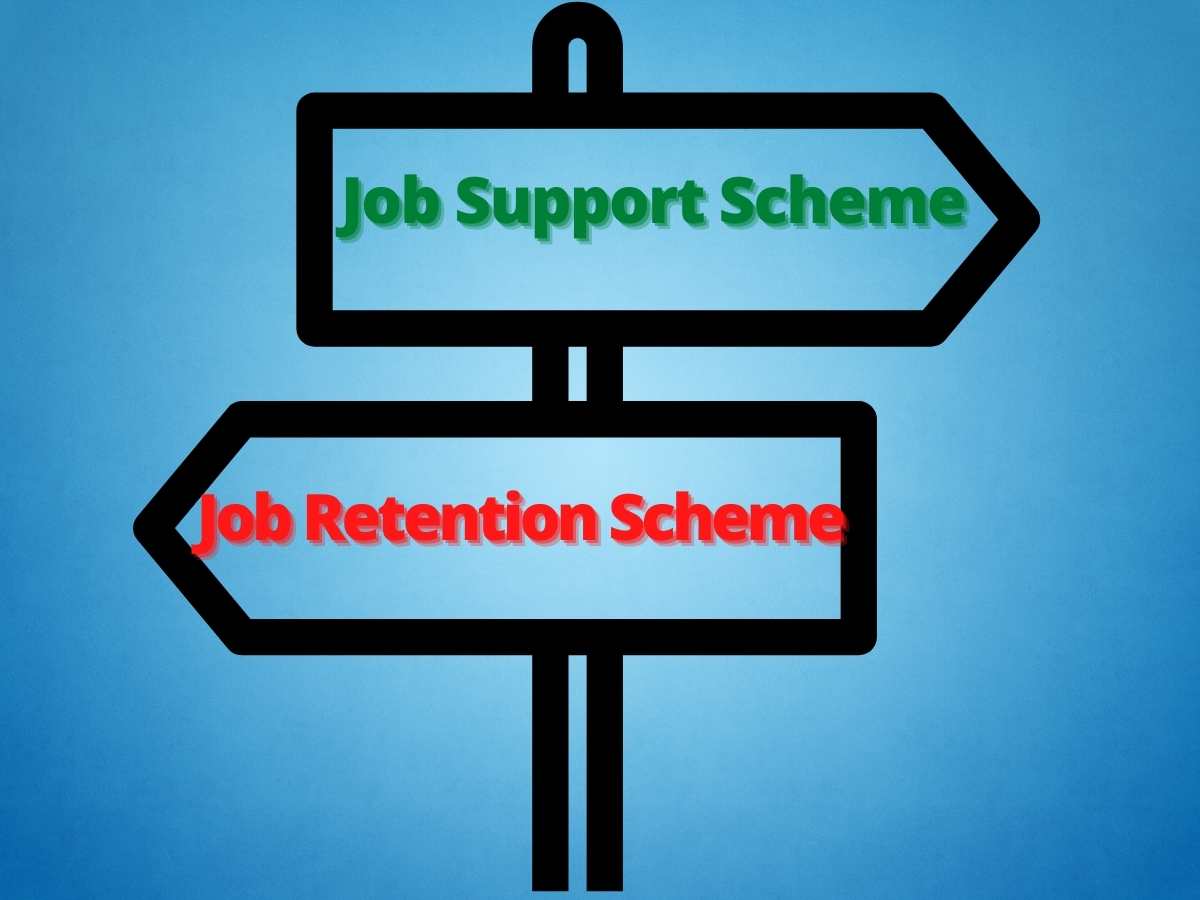Support versus retention – what’s the difference?
The Job Support Scheme replaces the government’s Job Retention Scheme on 1 November; but what precisely is the difference? A fair question, which impacts tens of thousands of employees across the country: so let’s look at the detail.
Both schemes are intended to protect jobs in the face of trading restrictions imposed by the government to limit the spread of Covid-19.
In both schemes, the government pays a proportion of salary to try to ease the financial pressure placed on businesses that cannot trade as normal.
The government’s intention is that their support will provide many companies with the financial wiggle room to adjust and allow most if not all of their staff to remain in employment. By paying part of wage costs in the short term, they also hope to help more businesses bounce back, as and when the economy can pick up.
But the Chancellor Rishi Sunak was faced with one hard fact as the scheduled end of the Job Retention Scheme loomed: some businesses have already been left in a trading position that means they are now only viable if the majority of salary costs continued to be met by public money.
The government decided it could not sustain that level of support indefinitely and the newly launched Job Support Scheme will therefore focus its funding in support of businesses that are viable in the medium to long term.
These businesses can be from any sector, just as before, but the measure of viability is that responsibility for the majority of salary costs will now shift to the employer, who will pay the larger proportion of salaries.
Under the new scheme, the employer will pay the full cost of wages for hours actually worked, plus one-third of the cost for any normal contracted hours that the employee is no longer asked to work. The Government then pays for a third of the hours not worked.
To be eligible, employers must maintain employees on at least one-third of their normal contracted hours.
So if an employee has been contracted to work 36 hours per week, then the employee must continue to work for a minimum of 12 hours per week. The Job Support Scheme then funds the business to cover one-third of the hours not now worked (8 hours in this example) – up to a cap.
The employer is therefore going to be paying for the 12 hours worked as usual, plus contributing one-third of the cost for the adjusted hours (here covering an additional 8 hours per week, even though these hours are not actually worked). The government then contributes an additional 8 hours’ salary.
Under the Scheme, the employee will therefore earn a minimum of 77% of their wage as it stood prior to the launch date of 1 November. (Here equivalent to 28 hours salary per week in total.)
Businesses choose if they want to apply for this support or not. Unlike the Job Retention Scheme, which was open to all, the Job Support Scheme is open to any small to medium-sized enterprise (SME) but larger businesses can only apply if they can show that their turnover this year has dropped.
Employers using it will be able to claim the Job Retention Bonus in January, if they meet its eligibility criteria.
The Job Support Scheme will undoubtedly help many businesses to retain employees through the next six months, but it is not equivalent to the support offered through the Job Retention Scheme. Do reflect on whether it is the best route for your business: HMRC is now looking at claims made under the Job Retention Scheme to check if they may have been inflated or unnecessary, and will be demanding the refund of overpayments, potentially with interest, if they believe a claim was inflated or fraudulent (see our previous blog).
We are, as always, able to offer specific advice based on individual circumstances if you get in touch.




